Dolphins have complex brains which scientists have discovered are developed enough in certain areas to handle higher-order thinking. Dolphins have shown by their behavior that they know who’s in their group, what status they have, which team they’re on, and each have individual quirks that make it unique from the others. In fact, when a scientist placed a mirror in a tank, the dolphin recognized himself, which made scientists think that perhaps dolphins may have a sense of self.
After a dolphin is specially trained, it has the ability to learn language. Trainers teach the dolphins to tell the difference between statements and questions using gestures and symbols, and they can reverse the order of the words to mean different things (syntax). And dolphins can tell not only the order of the words, but that the meaning has changed as well.
For example, these two sentences have exactly the same words, but in different order:
“Johnny bit the dog.”
“The dog bit Johnny.”
Although the words are exactly the same, the order that you place them in a sentence will give them two entirely different meanings, especially if you are Johnny!
So what does all this have to do with aliens?
Well, I met Dr. Laurence Doyle of the SETI Institute years ago in Mountain View, California, and he studies animal communication as he figures out new ways to detect intelligence in space. It’s a special kind of math that looks at how information is structured, and it’s based on how dolphins communicate with each other.
If you’ve ever heard the statement ‘Are we alone?’ Dr. Doyle answers: ‘No, we’re not alone. There are many animals communicating right here that we don’t understand.’
Scientists are searching for ways to detect alien signals by starting right at home with smart animals all around us. Dr. Doyle says: ‘We’ve been waiting (to hear from aliens) for years, but I thought, ‘We’re not ready!’ We can’t even speak to the intelligent animals on Earth.’
Cool Fact: Did you know that dolphins know what “none” and “zero” means?
Ever wonder what a dolphin trainer really does? These trainers not only train dolphins, but also whales, seals, sea lions, walruses and other marine mammals by using positive reinforcement (sometimes referred to “operant conditioning”). This means that when the animal does the right behavior, there’s a reward. Otherwise, no action or reward is taken. Here’s a neat video that shows how dolphins and killer whales are trained for real:
 When birds and animals drink from lakes, rivers, and ponds, how pure it is? Are they really getting the water they need, or are they getting something else with the water?
When birds and animals drink from lakes, rivers, and ponds, how pure it is? Are they really getting the water they need, or are they getting something else with the water?
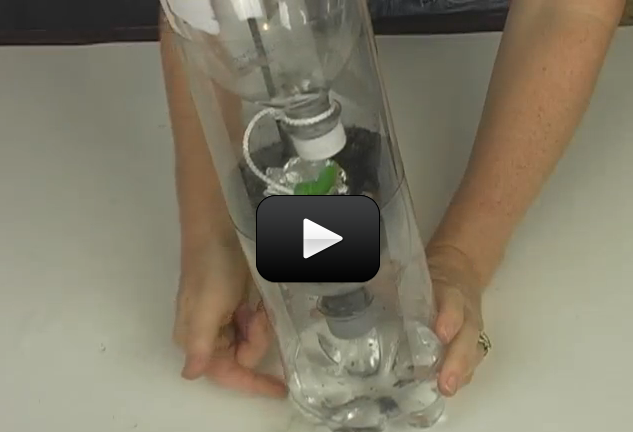
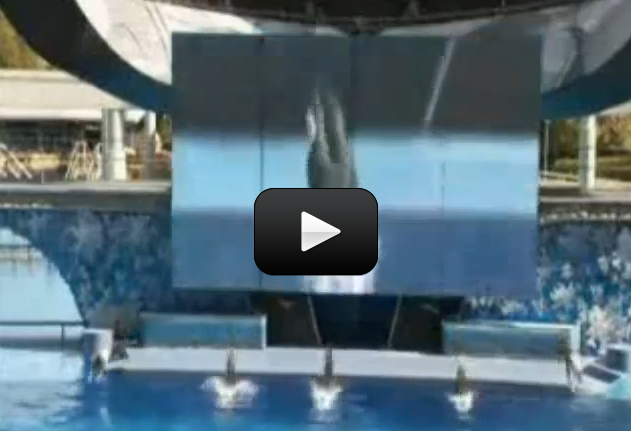
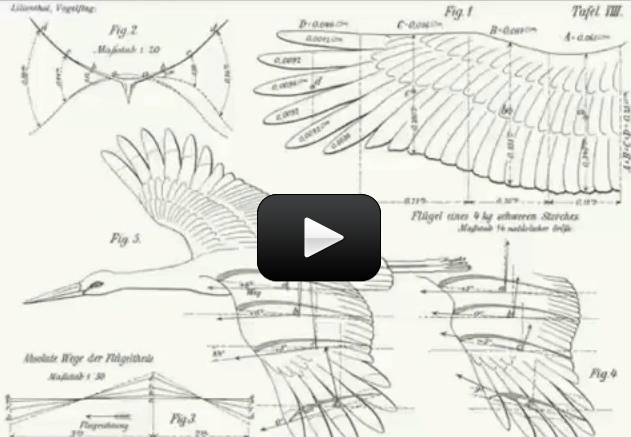
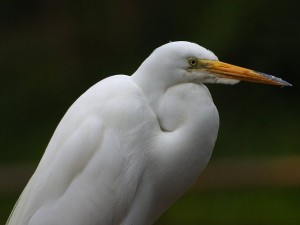
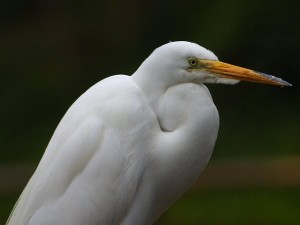
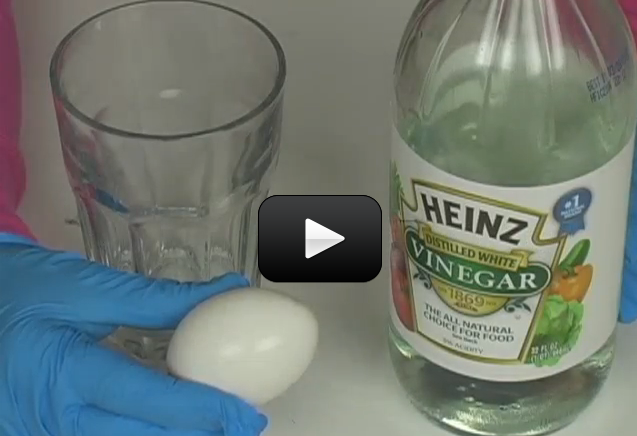
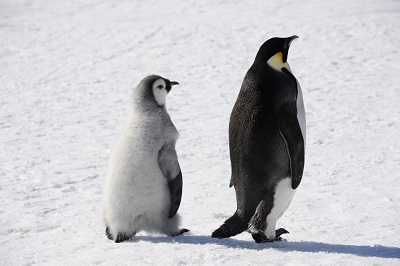
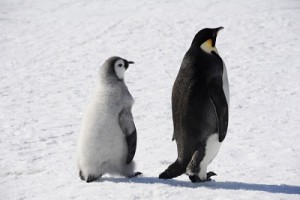 Emperor and Adelie penguins are two species of this flightless bird that live in the Antarctic. Adelies spend most of the year in the water. In October, spring begins in the southern hemisphere, including in the South Pole where Adelies live, and these penguins come onto the land to lay their nests, mate, and raise chicks. The nest of the Adelie is lined with pebbles, and the penguins are very careful about the pebbles they choose. A good pebble can lead to fights if several penguins want it, and a penguin will steal another penguin’s pebble if they are not paying attention.
Emperor and Adelie penguins are two species of this flightless bird that live in the Antarctic. Adelies spend most of the year in the water. In October, spring begins in the southern hemisphere, including in the South Pole where Adelies live, and these penguins come onto the land to lay their nests, mate, and raise chicks. The nest of the Adelie is lined with pebbles, and the penguins are very careful about the pebbles they choose. A good pebble can lead to fights if several penguins want it, and a penguin will steal another penguin’s pebble if they are not paying attention.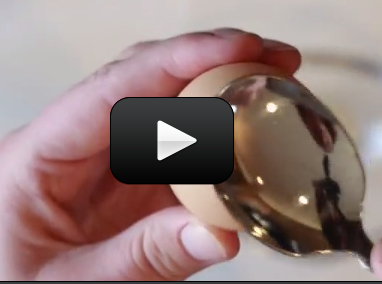
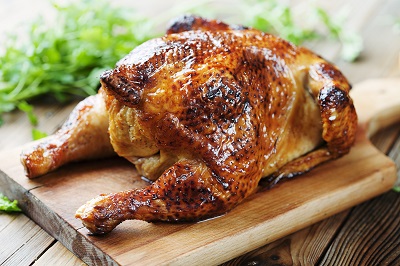
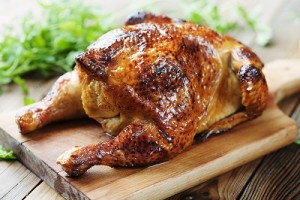
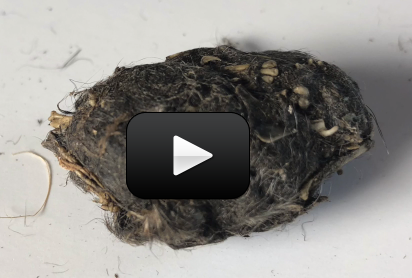
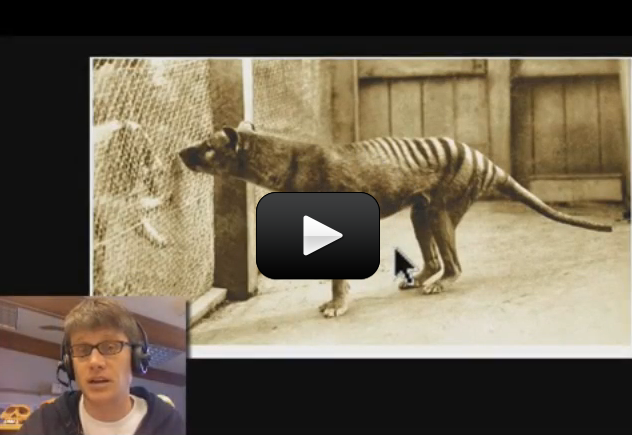
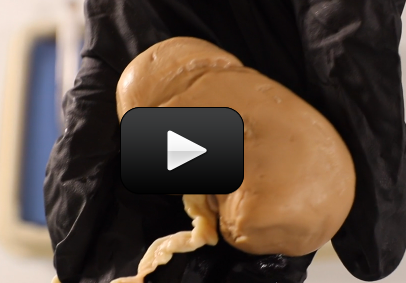
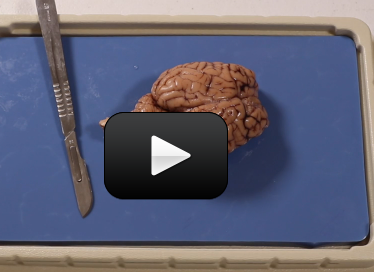
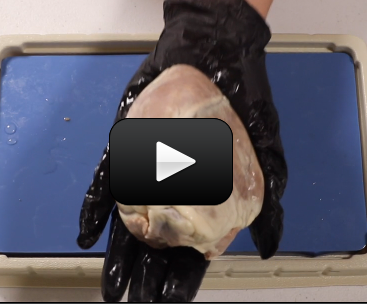
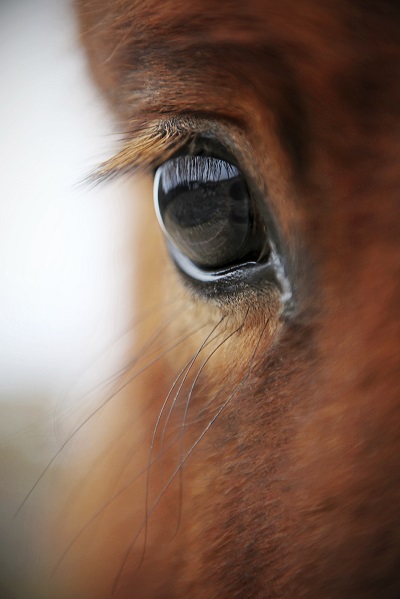
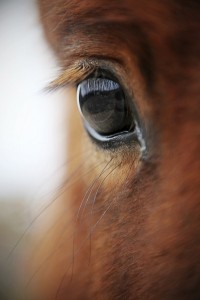 How does the eye work? If you are amazed as I am about how the different parts of the eye are put together, then this is the lab for you! It's important not only to learn how to take apart video cameras and blenders to find out how they work, but also to be fascinated by how the different parts of living creatures work ... like the eye!
How does the eye work? If you are amazed as I am about how the different parts of the eye are put together, then this is the lab for you! It's important not only to learn how to take apart video cameras and blenders to find out how they work, but also to be fascinated by how the different parts of living creatures work ... like the eye!